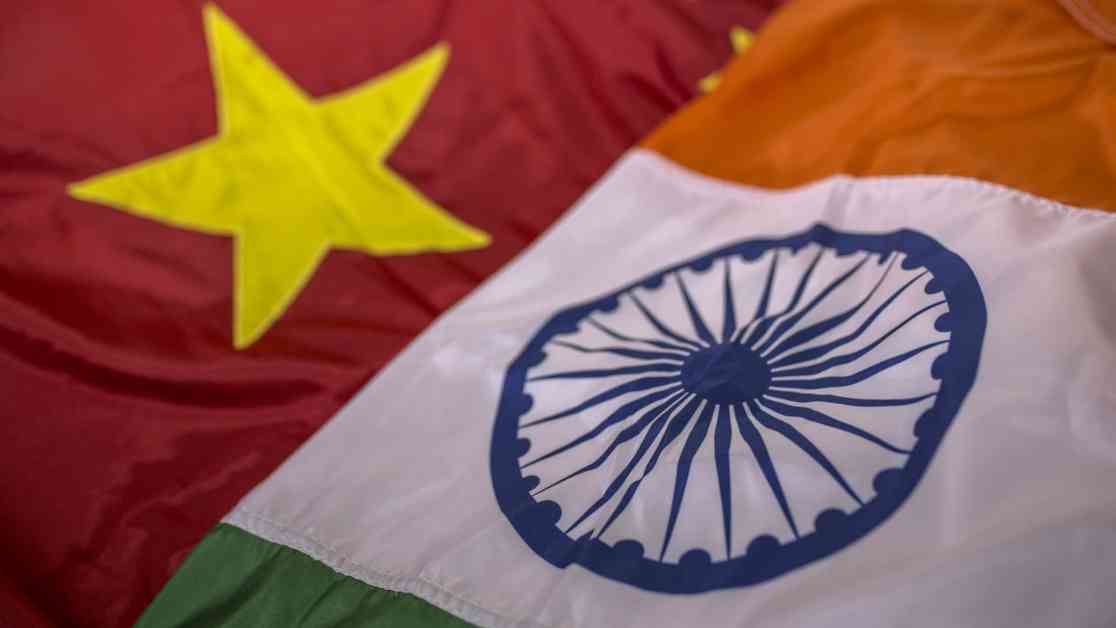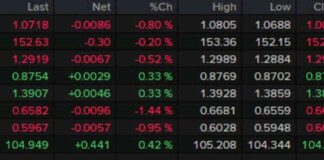India’s Decision to Opt Out of World’s Largest Trade Deal and Accuse China of ‘Opaque’ Trade Practices
India has made a strategic decision to opt out of the Regional Comprehensive Economic Partnership (RCEP), the world’s largest trade deal, citing concerns over China’s trade practices and the potential impact on its economy. The move comes as India seeks to assert its independence and protect its domestic industries from unfair competition.
Minister of Commerce and Industry Piyush Goyal emphasized that India’s decision not to join the RCEP was based on the country’s national interest and the need to safeguard its farmers and small and medium-sized industries. Goyal pointed out that the RCEP did not align with the guiding principles of the Association of Southeast Asian Nations (ASEAN) and raised concerns about the implications of entering into a free trade agreement with China.
The RCEP, which was signed by 15 Asia-Pacific countries in 2020 and came into force in January 2022, includes major economies like China, South Korea, Japan, Australia, and New Zealand. India’s absence from the agreement reflects its reservations about the terms of the deal and its desire to protect its domestic industries from unfair competition.
Accusations of China’s ‘Opaque’ Trade Practices
One of the key reasons behind India’s decision to opt out of the RCEP is its skepticism towards China’s trade practices. Minister Goyal raised concerns about China’s non-transparent economy, alleging that it operates in a way that is inconsistent with the principles of fair trade and democratic governance.
Goyal accused China of leveraging the World Trade Organization’s policies to its advantage and flooding global markets with low-cost goods that may not meet quality standards. From solar panels to cars to steel, China has been criticized for its aggressive export strategy, which has put pressure on other economies and raised questions about the sustainability of its economic model.
India’s Semiconductor Ambitions
In response to the challenges posed by China’s dominance in global trade, India is looking to position itself as a key player in the semiconductor industry. Minister Goyal outlined India’s ambitions to become a “Taiwan plus one” semiconductor country, offering a viable alternative to companies looking to diversify their supply chains and reduce their reliance on China.
The “China Plus One” strategy involves diversifying manufacturing and sourcing operations to mitigate risks associated with overdependence on a single market. India aims to attract foreign semiconductor companies to establish operations in the country and invest in its growing semiconductor ecosystem.
Prime Minister Narendra Modi has inaugurated several semiconductor plants in India, signaling the government’s commitment to developing the country’s semiconductor industry. With a projected demand for semiconductor products reaching $100 billion by 2030, India is positioning itself as a viable option for companies seeking to expand their semiconductor production capacity.
India’s chip strategy focuses on attracting foreign investment, forming partnerships with major semiconductor nations like the U.S., and creating a conducive regulatory environment for the industry to thrive. The government has introduced a $10 billion incentive program for the sector, which is available to both domestic and foreign companies looking to establish a presence in India.
Taiwan’s Dominance in Semiconductor Manufacturing
Taiwan currently holds a significant share of the global semiconductor market, with a projected market share of 44% by 2024. However, trends suggest that Taiwan’s market share may decline in the coming years, opening up opportunities for other countries like India to establish themselves as key players in the semiconductor industry.
As Taiwan’s global capacity share in advanced manufacturing processes is expected to decrease, countries like China and South Korea are poised to gain market share. India’s efforts to attract semiconductor companies and develop its semiconductor ecosystem align with global trends towards diversifying supply chains and reducing reliance on a single market.
India’s Semiconductor Future
India’s semiconductor ambitions represent a strategic shift towards building a robust and competitive semiconductor industry that can compete on the global stage. By positioning itself as a “safe harbor” for semiconductor manufacturing, India offers companies a viable alternative to traditional manufacturing hubs like Taiwan and China.
With a growing demand for semiconductor products and a supportive regulatory environment, India is well-positioned to attract foreign investment and establish itself as a major player in the semiconductor industry. By leveraging its young and skilled workforce, democratic governance, and commitment to the rule of law, India is poised to become a key semiconductor hub in the Asia-Pacific region.
In Conclusion
India’s decision to opt out of the RCEP and focus on developing its semiconductor industry reflects its strategic vision for economic growth and independence. By prioritizing its national interests and safeguarding its domestic industries, India is taking proactive steps to position itself as a key player in the global economy.
As the world grapples with the challenges posed by China’s dominance in global trade, India’s semiconductor ambitions offer a compelling alternative for companies seeking to diversify their supply chains and reduce their reliance on traditional manufacturing hubs. With a supportive regulatory environment, skilled workforce, and growing demand for semiconductor products, India is well-positioned to capitalize on the shifting dynamics of the global semiconductor industry.

















